Frida Escobedo is the first solo woman since Zaha Hadid to design a Serpentine Pavilion
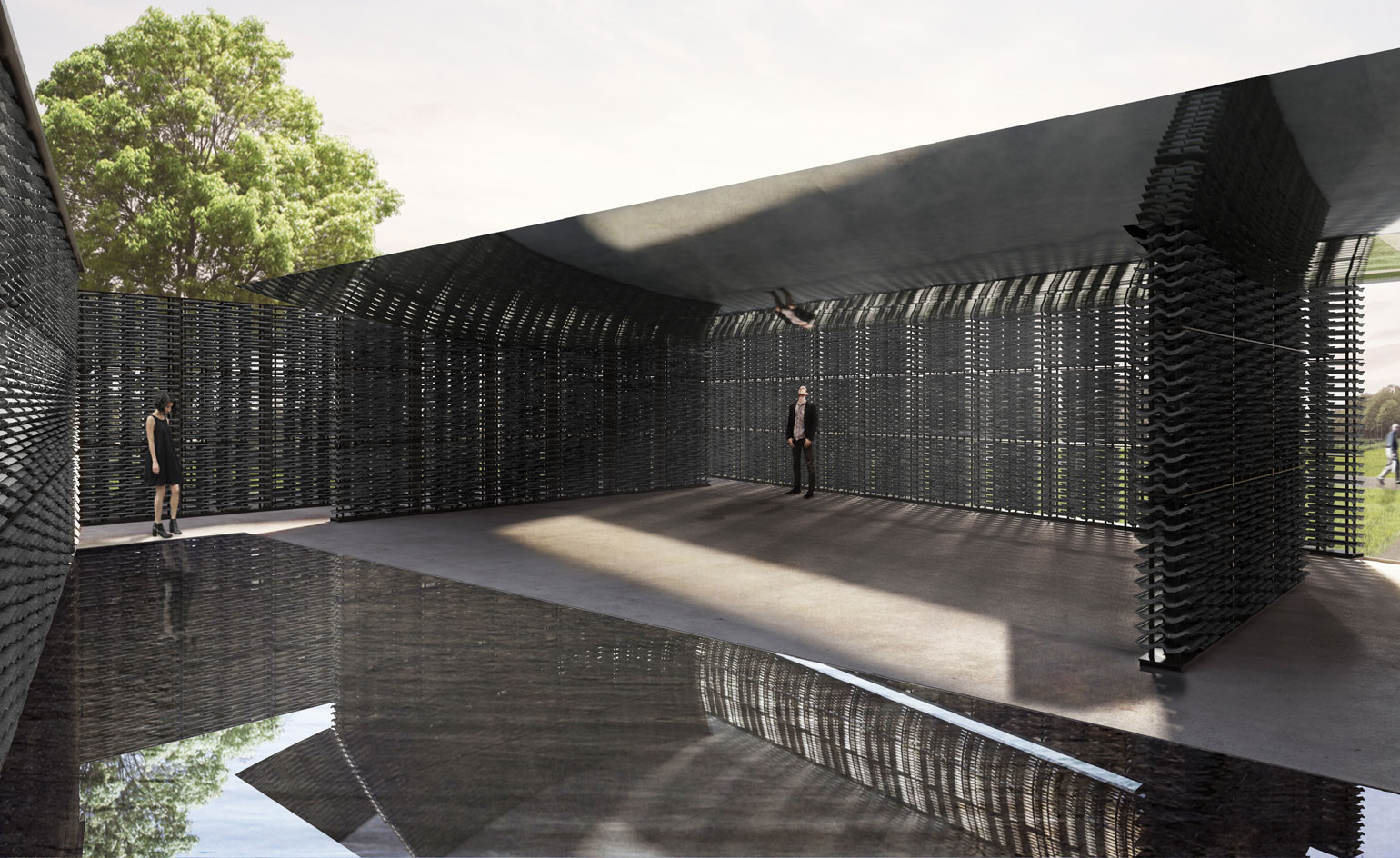
Frida Escobedo has been added to the list of esteemed Serpentine Pavilion allum. Following in the blueprints of Francis Kéré last year, and BIG in 2016, the Mexican architect will be the first solo woman to take on the challenge since the late Zaha Hadid in 2000.
Selected by Serpentine artistic director Hans Ulrich Obrist and CEO Yana Peel, with help from advisors David Adjaye and Richard Rogers, Escobedo is also the youngest architect to be chosen for the project in its 18-year history. Born in 1979 in Mexico City, Escobedo established a studio in her home town 12 years ago. She has become known for her championing of Mexican design inspirations and practices, something she intends to convey in her Serpentine Pavilion commission, which features a courtyard enclosed by dark latticed walls, intended as a play on the celosia – a common trope in Mexican architecture that allows breeze to flow through buildings.
In what the architect describes as ‘a meeting of material and historical inspirations’, the courtyard design will also be site-specific to London. Along with positioning the interior wall of the courtyard along the Greenwich Meridian line (a summation of the British timezone, established in 1851), Escobedo will also use a palate of British materials (namely cement and wood), chosen for their atmospheric, dark qualities.
Widely acknowledged as one of the more challenging briefs in architecture thanks to its short six-month time frame, and the Pavilion’s multi-function as both performance area, object of art and public installation, Yana Peel believes Escobedo has hit the nail on the head. ‘It promises to be a place of both deep reflection and dynamic encounter’, she says, hoping it will bring ‘the urgency of art and architecture to the widest audiences.’
The commission follows a string of international successes for Escobedo. She impressed last year at the Chicago Architecture Bienniale, with her multi-levelled gathering place that overhauled a reading room of the old Chicago Convention Centre library, and for giving the former studio and home of Mexican muralist David Alfaro Siqueiros a new lease of life in 2012. Her eclectic oeuvre also includes interior architecture for Aesop, and a commission for the V&A Museum in London. This new, highly public commission – a meeting of timezones, functions and cultures – promises to share Escobedo’s work with a larger audience, offering her practice more of the widespread recognition it deserves.
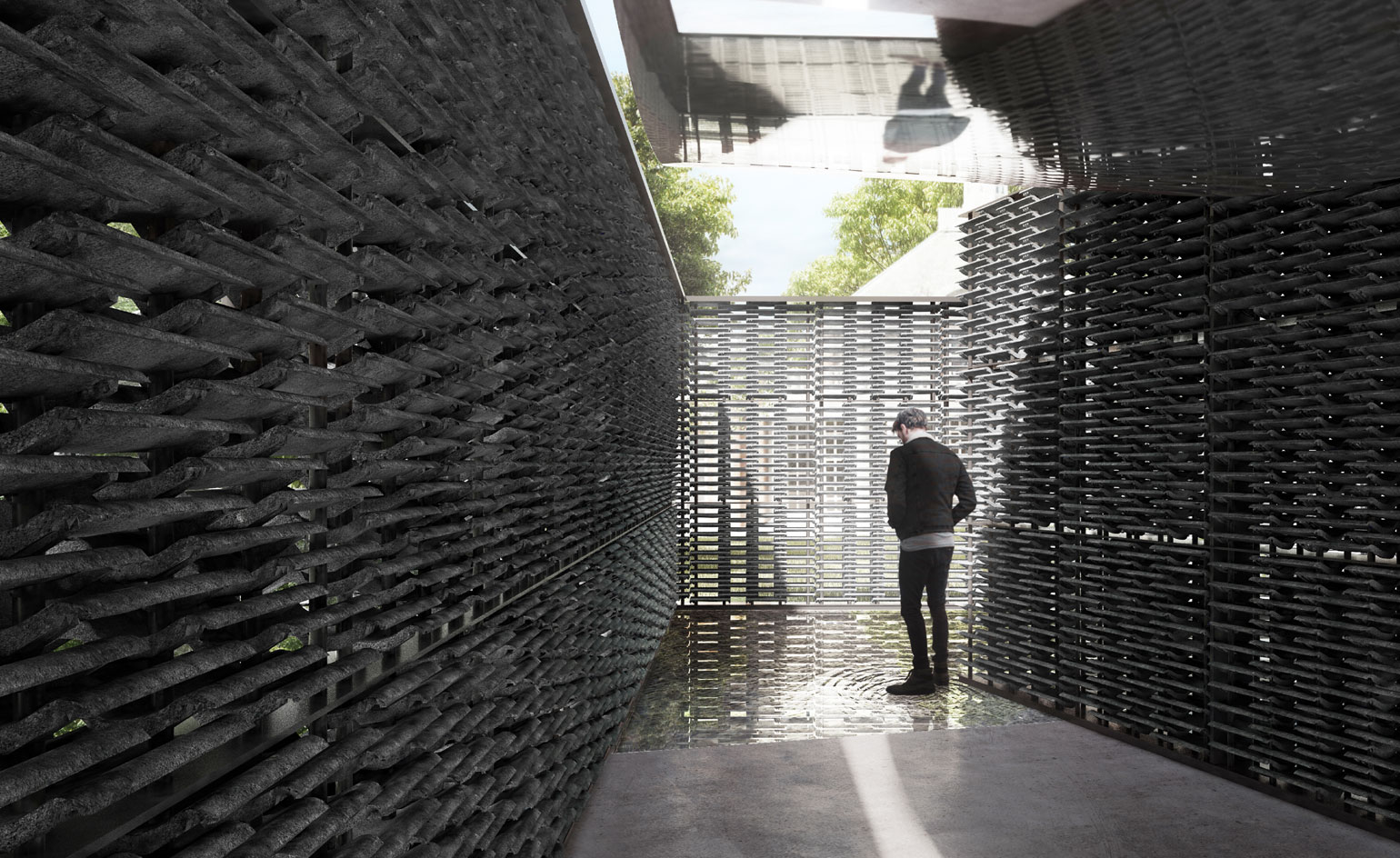
A render of the inside courtyard enclosed by dark latticed walls.
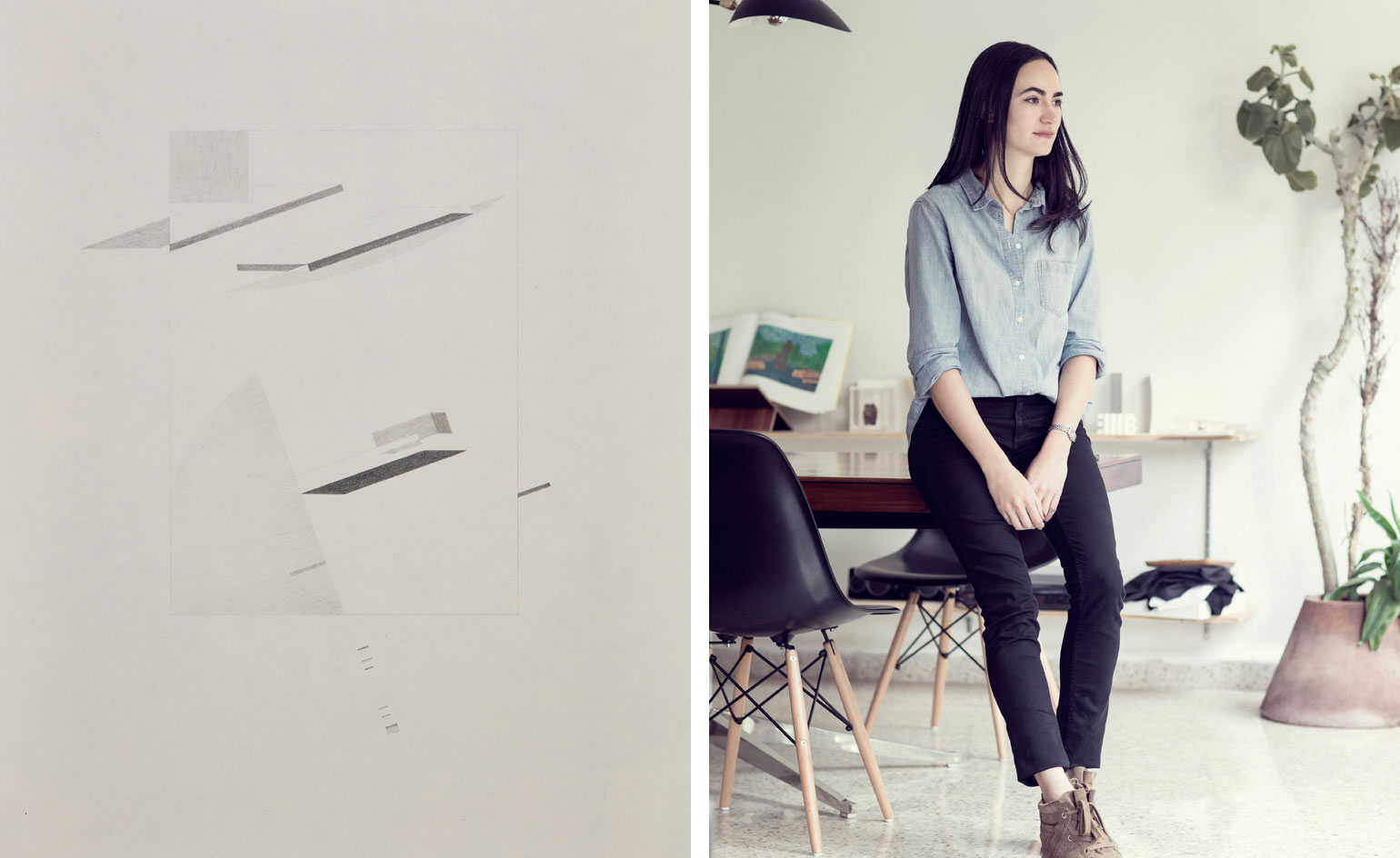
Left, a drawing of the Serpentine Pavilion. © Frida Escobedo. Right, Frida Escobedo.
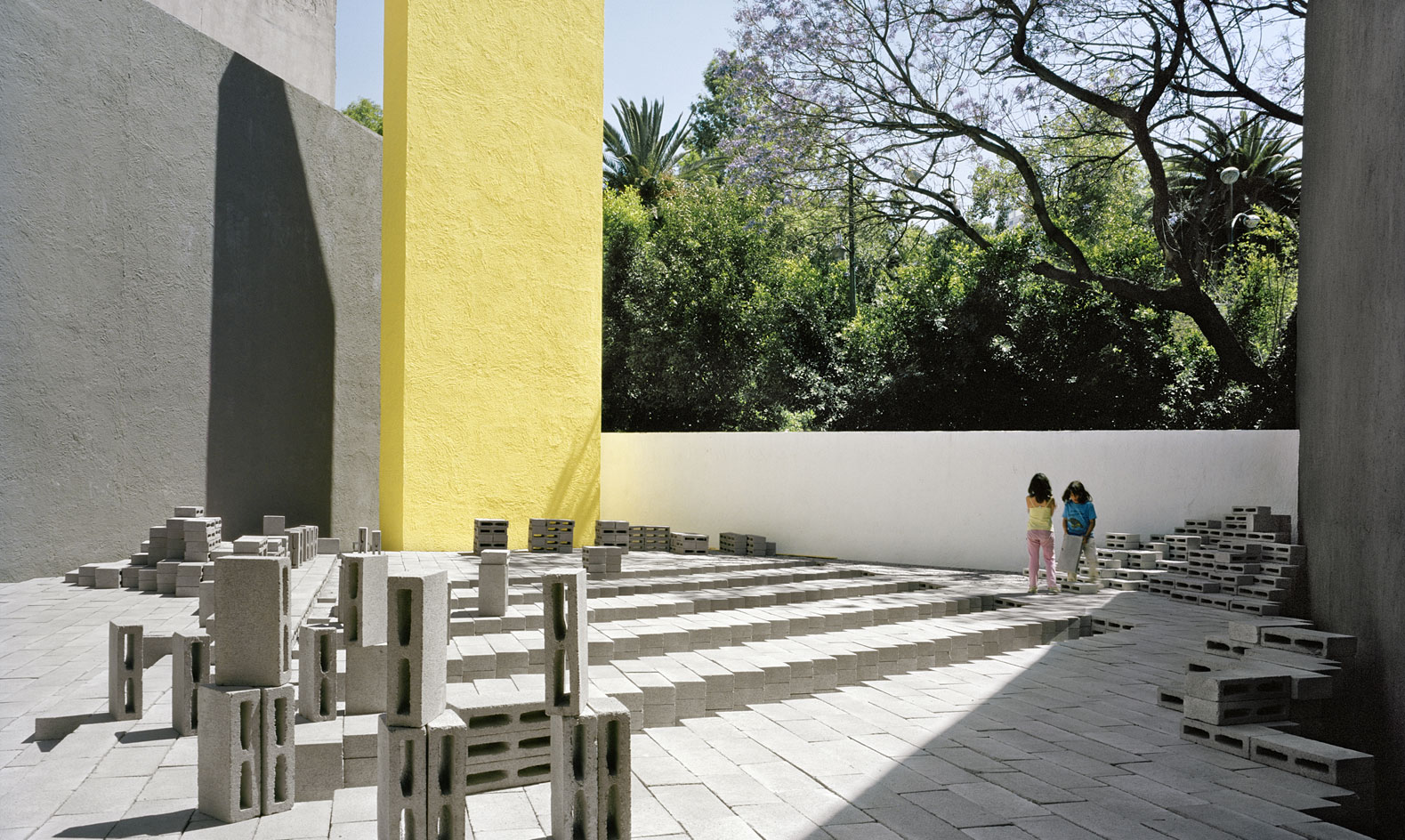
El Eco Pavilion by Frida Escobedo, 2010, Mexico City.

La Tallera by Frida Escobedo, 2012, Cuernavaca, Morelos, Mexico.
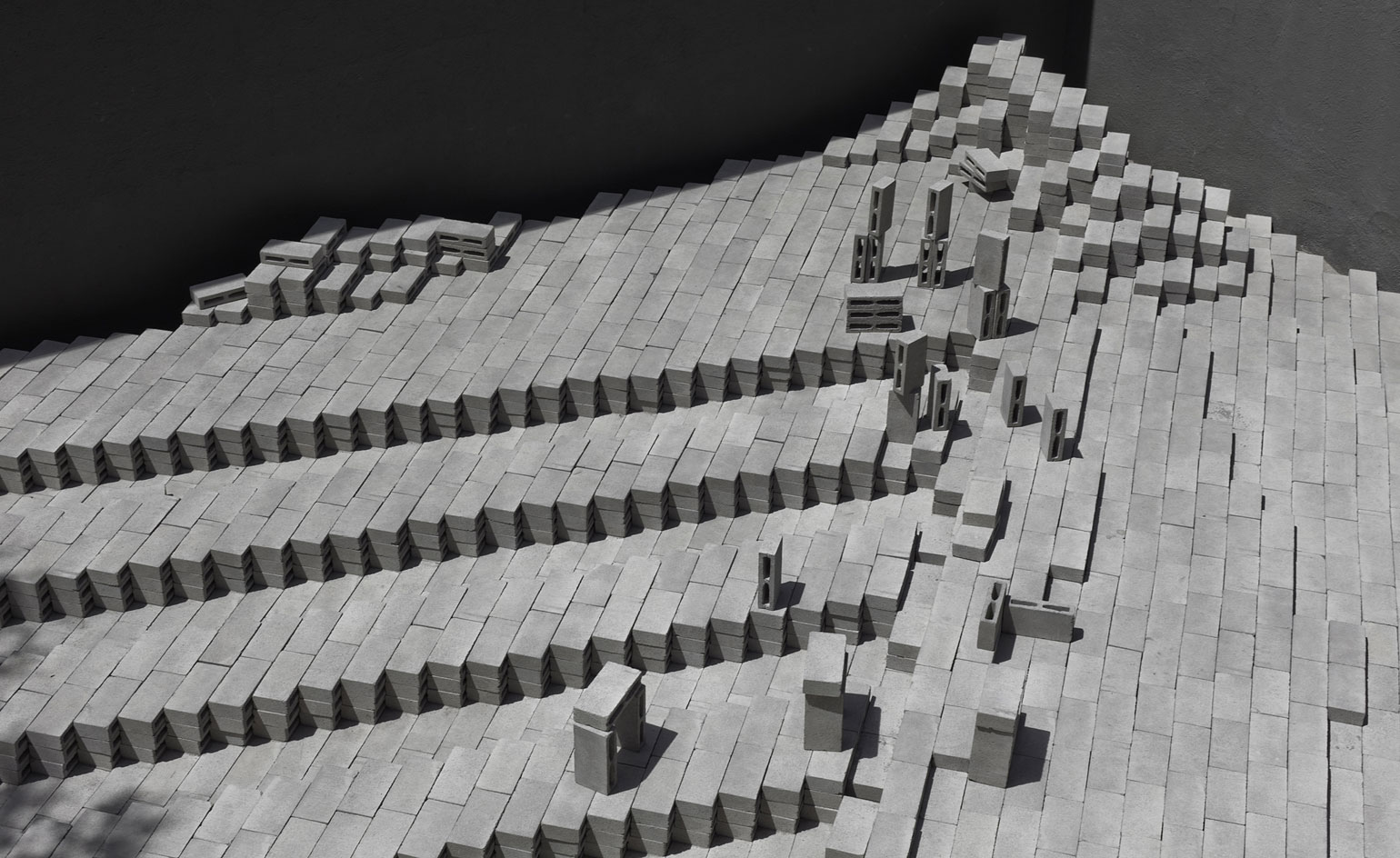
El Eco Pavilion by Frida Escobedo, 2010, Mexico City.
INFORMATION
From 15 June to 7 October 2018. For more information, visit the Serpentine Pavilion website and Frida Escobedo’s website
Receive our daily digest of inspiration, escapism and design stories from around the world direct to your inbox.
Elly Parsons is the Digital Editor of Wallpaper*, where she oversees Wallpaper.com and its social platforms. She has been with the brand since 2015 in various roles, spending time as digital writer – specialising in art, technology and contemporary culture – and as deputy digital editor. She was shortlisted for a PPA Award in 2017, has written extensively for many publications, and has contributed to three books. She is a guest lecturer in digital journalism at Goldsmiths University, London, where she also holds a masters degree in creative writing. Now, her main areas of expertise include content strategy, audience engagement, and social media.
-
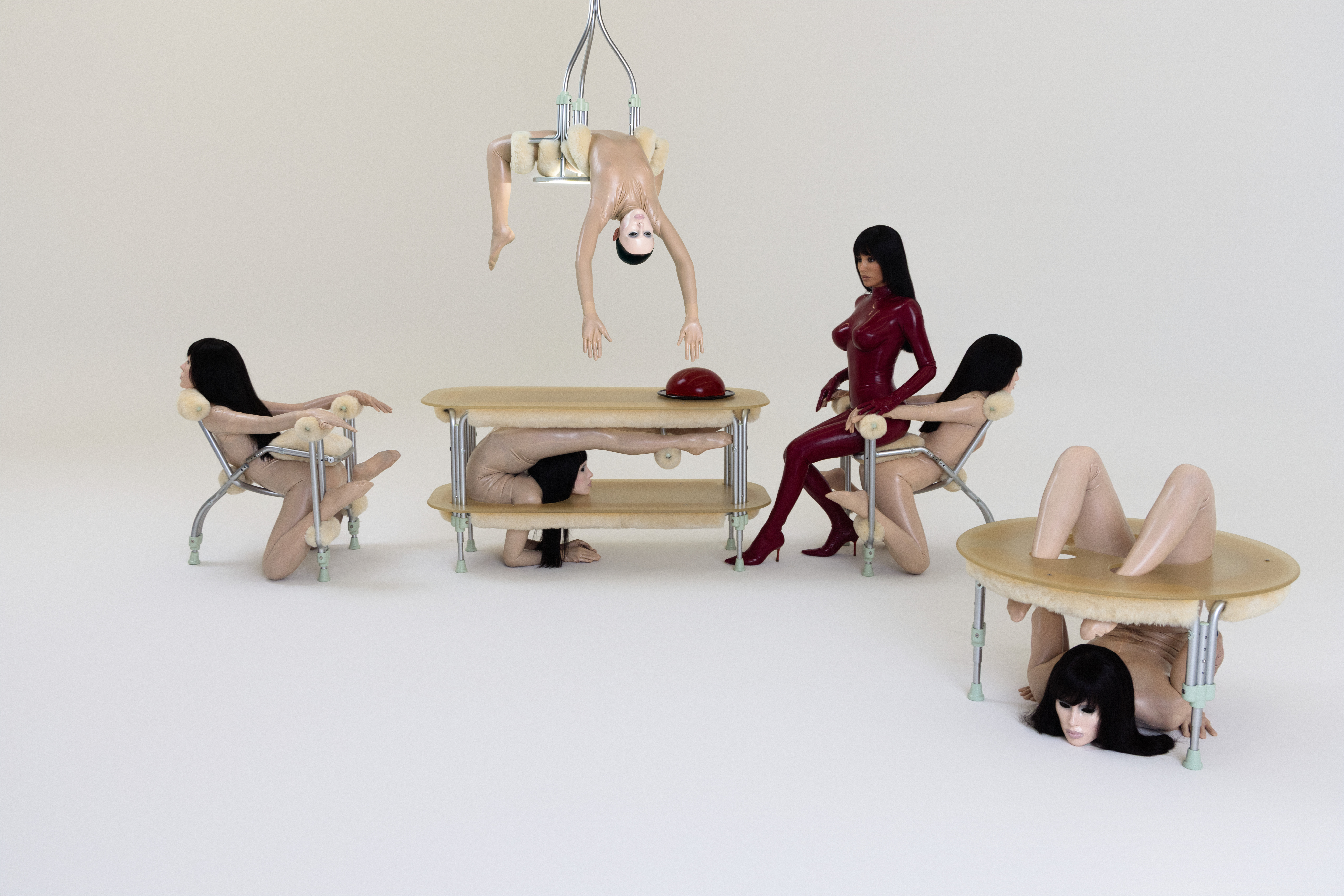 Eight questions for Bianca Censori, as she unveils her debut performance
Eight questions for Bianca Censori, as she unveils her debut performanceBianca Censori has presented her first exhibition and performance, BIO POP, in Seoul, South Korea
-
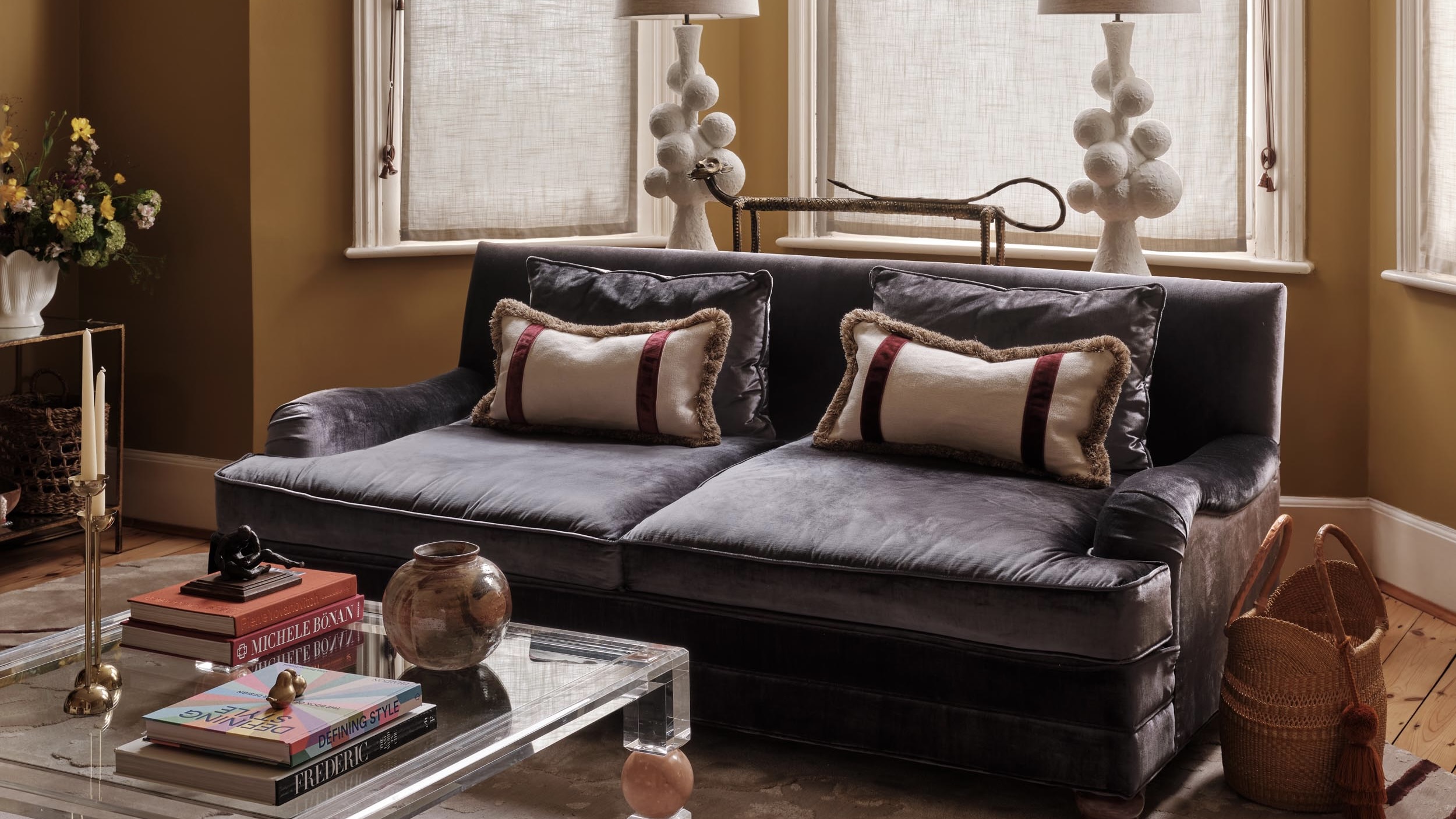 How to elevate a rental with minimal interventions? Charu Gandhi has nailed it with her London home
How to elevate a rental with minimal interventions? Charu Gandhi has nailed it with her London homeFocus on key spaces, work with inherited details, and go big on colour and texture, says Gandhi, an interior designer set on beautifying her tired rental
-
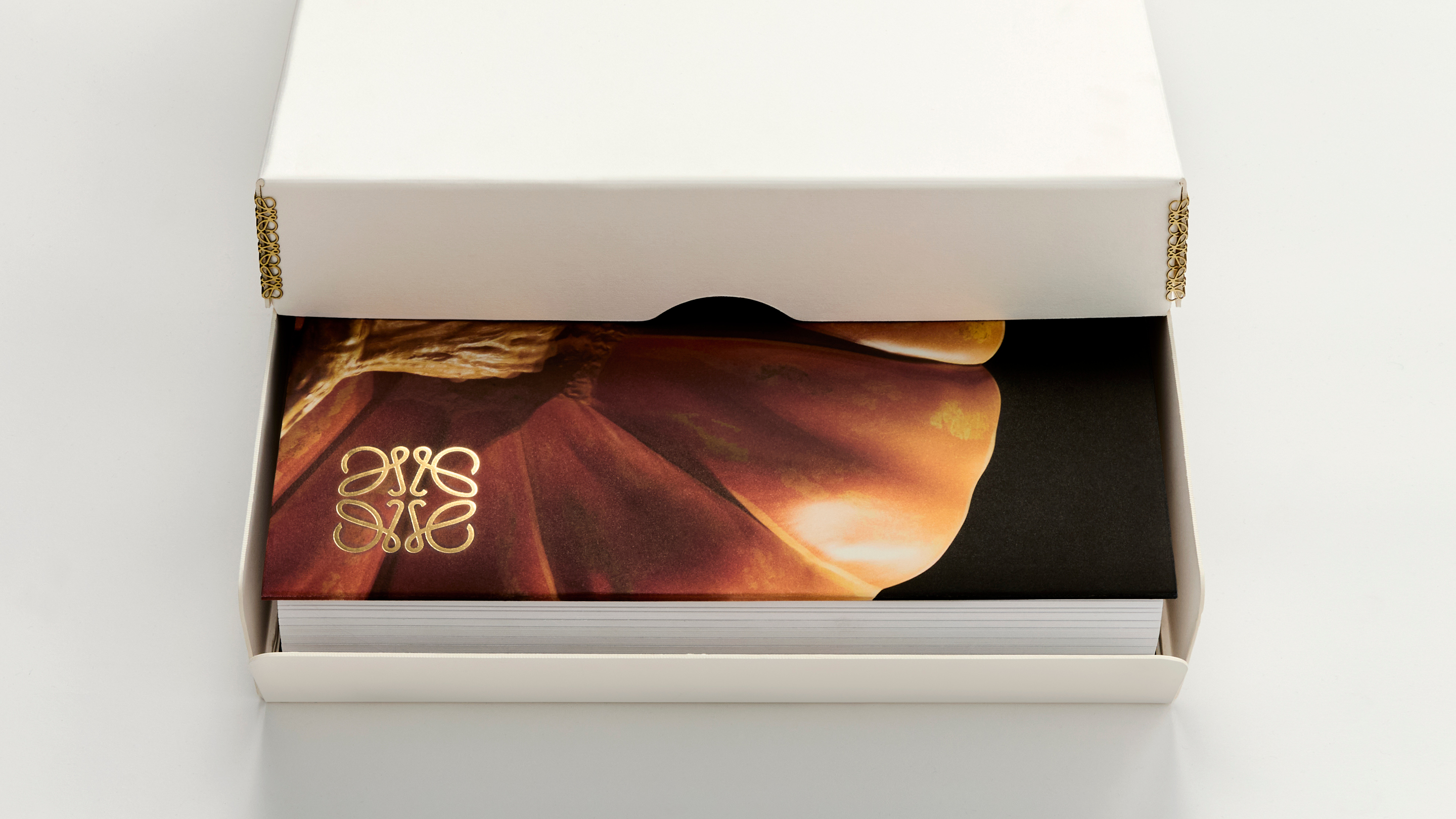 These fashion books, all released in 2025, are the perfect gift for style fans
These fashion books, all released in 2025, are the perfect gift for style fansChosen by the Wallpaper* style editors to inspire, intrigue and delight, these visually enticing tomes for your fashion library span from lush surveys on Loewe and Louis Vuitton to the rebellious style of Rick Owens and Jean Paul Gaultier
-
 Out of office: The Wallpaper* editors’ picks of the week
Out of office: The Wallpaper* editors’ picks of the weekFar from slowing down for the festive season, the Wallpaper* team is in full swing, hopping from events to openings this week. Sometimes work can feel like play – and we also had time for some festive cocktails and cinematic releases
-
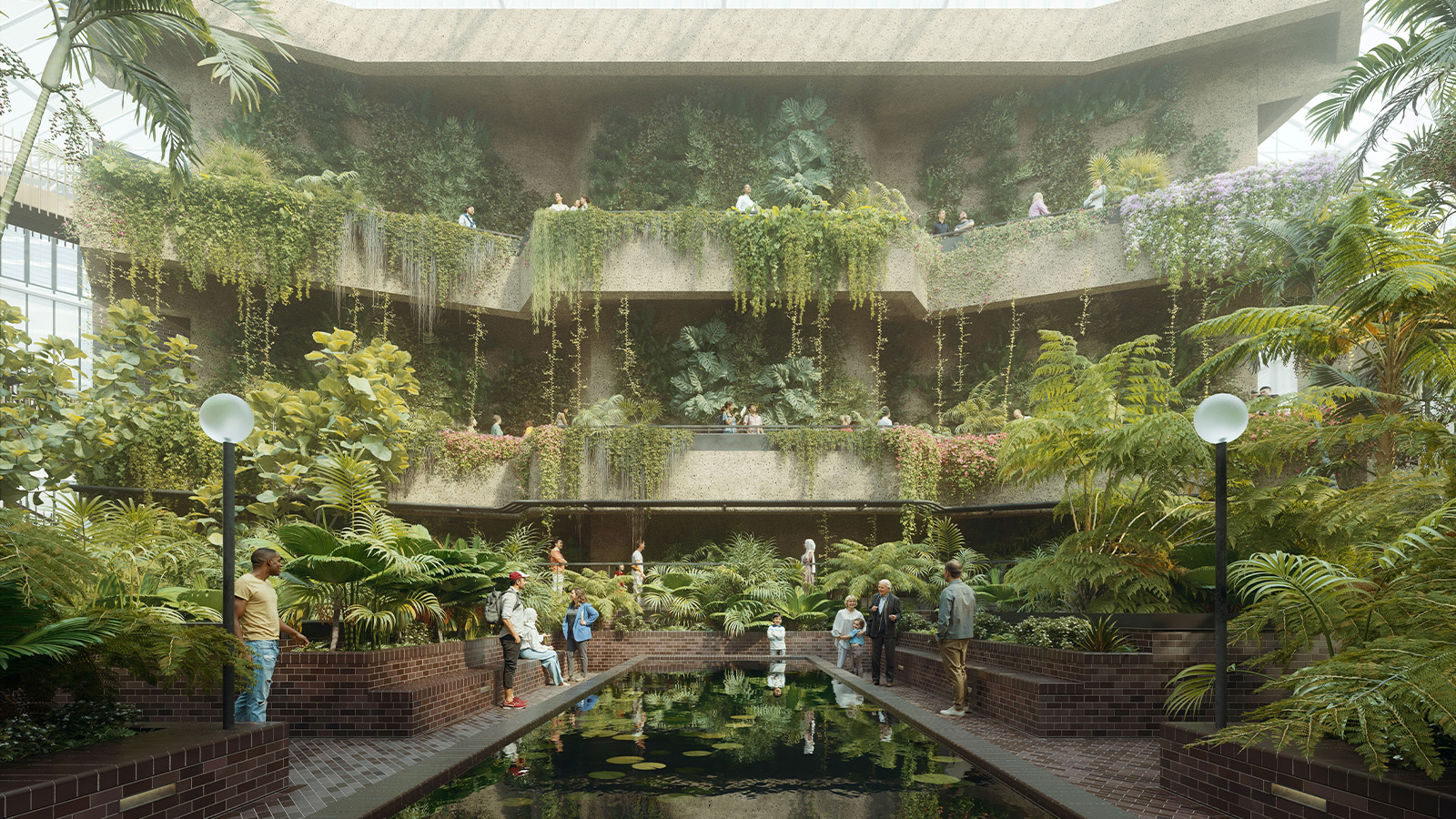 The Barbican is undergoing a huge revamp. Here’s what we know
The Barbican is undergoing a huge revamp. Here’s what we knowThe Barbican Centre is set to close in June 2028 for a year as part of a huge restoration plan to future-proof the brutalist Grade II-listed site
-
 Out of office: The Wallpaper* editors’ picks of the week
Out of office: The Wallpaper* editors’ picks of the weekIt’s wet, windy and wintry and, this week, the Wallpaper* team craved moments of escape. We found it in memories of the Mediterranean, flavours of Mexico, and immersions in the worlds of music and art
-
 Each mundane object tells a story at Pace’s tribute to the everyday
Each mundane object tells a story at Pace’s tribute to the everydayIn a group exhibition, ‘Monument to the Unimportant’, artists give the seemingly insignificant – from discarded clothes to weeds in cracks – a longer look
-
 Out of office: The Wallpaper* editors’ picks of the week
Out of office: The Wallpaper* editors’ picks of the weekThis week, the Wallpaper* team had its finger on the pulse of architecture, interiors and fashion – while also scooping the latest on the Radiohead reunion and London’s buzziest pizza
-
 Out of office: The Wallpaper* editors’ picks of the week
Out of office: The Wallpaper* editors’ picks of the weekIt’s been a week of escapism: daydreams of Ghana sparked by lively local projects, glimpses of Tokyo on nostalgic film rolls, and a charming foray into the heart of Christmas as the festive season kicks off in earnest
-
 Wes Anderson at the Design Museum celebrates an obsessive attention to detail
Wes Anderson at the Design Museum celebrates an obsessive attention to detail‘Wes Anderson: The Archives’ pays tribute to the American film director’s career – expect props and puppets aplenty in this comprehensive London retrospective
-
 Meet Eva Helene Pade, the emerging artist redefining figurative painting
Meet Eva Helene Pade, the emerging artist redefining figurative paintingPade’s dreamlike figures in a crowd are currently on show at Thaddaeus Ropac London; she tells us about her need ‘to capture movements especially’